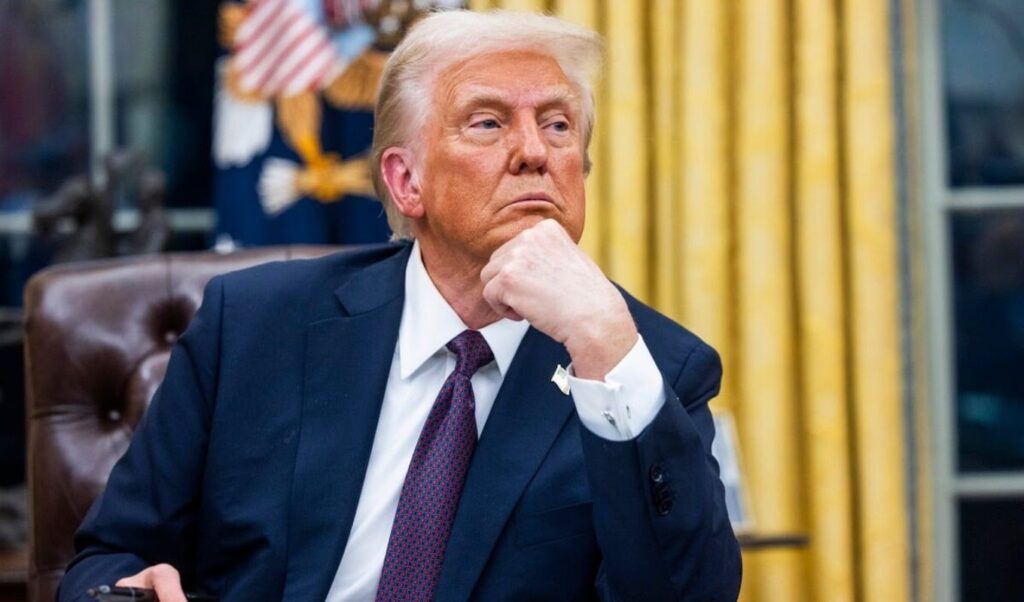The implementation of new tariffs by Trump from Thursday midnight marks the beginning of a new trade era for the United States. Import taxes have reached their highest point in a century, creating a trade war that affects all international markets and reshapes global commercial relationships.
The new aggressive US tariff regime
President Donald Trump introduced a radically different trade policy system that deepens global commercial rivalry. The Trump tariffs were implemented despite intense diplomatic pressure from allies and international partners. The seven-day deadline given after the initial announcement expired without any concession from the American government.
The new tariff policy includes reciprocal import taxes on almost all countries, regardless of existing trade agreements with Washington. This strategy represents a fundamental change in American trade approach.
International reactions and failed diplomatic attempts
Switzerland’s President Karin Keller-Sutter returned from Washington without results after a last-ditch attempt to exempt her country from the harshest tariffs. Similarly unsuccessful was Taiwan’s diplomatic effort, which is a major microchip exporter to international markets.
Trade attorney Ted Murphy from Sidley Austin commented that these tariffs have overturned the established order, signaling the dawn of a new trade system and the end of the old one. Chad Bown of the Peterson Institute emphasized that the complexity of the new system is extremely high, even for free trade supporters.
Impact on major trading partners
The European Union and Japan are directly affected by the new Trump tariffs, while China, the world’s largest exporter, awaits the end of the trade truce with Washington on August 12. The trade war with Beijing is expected to escalate further after this date.
Mexico managed to secure a temporary suspension of new tariffs for 90 days, however Canada, despite being a member of the North American trade zone, is already being hit by high import taxes.
Strategic sectors and geopolitical dimensions
Trump announced that he is preparing additional tariffs on critical sectors:
- Pharmaceutical products and medical equipment
- Electronics and technology products
- Other strategic economic sectors
Indicative of the geopolitical dimension of this policy is the increase in tariffs on India, as punishment for the country’s imports of Russian oil.
Economic results and future prospects
Switzerland, a major exporter of pharmaceuticals, precious metals and watches, now faces a 39% tariff, one of the highest among developed countries. Washington rejected the Swiss proposal for a minimum 10% tariff, as applied to other countries.
According to the Customs and Border Protection Service, tariffs apply to all products cleared through US customs from 12:01 a.m. Thursday. However, products shipped before that time and arriving by October 5 are exempt.
Donald Trump claimed that the new tariffs have already generated trillions of dollars for the US. According to Pantheon Macroeconomics, in July the US collected approximately $30 billion from tariffs and excise taxes, compared to $8 billion monthly in 2024.
Uncertainty remains as US trading partners do not know whether Trump is willing to renegotiate agreements or if the new tariff order has come to stay permanently.




